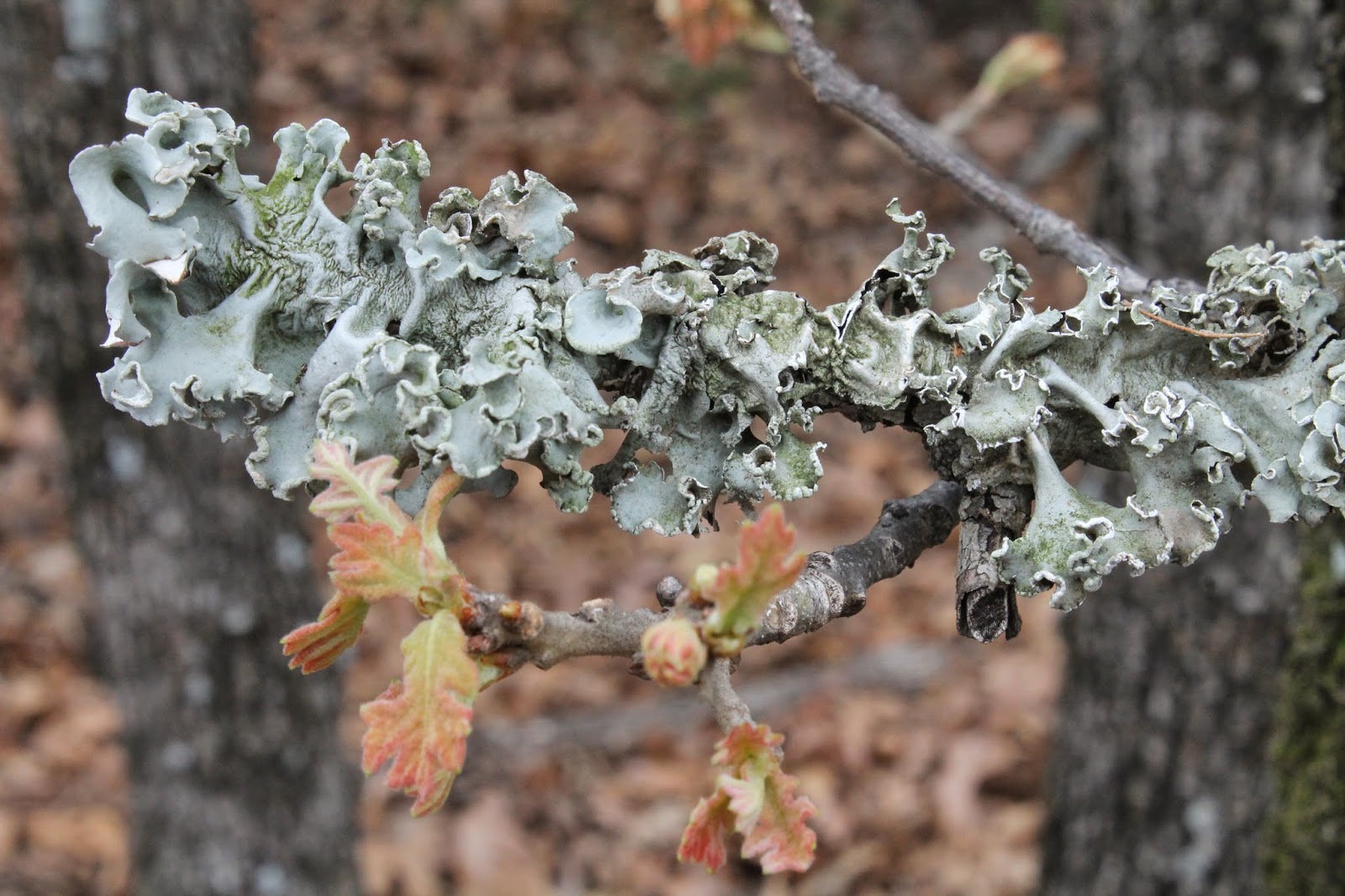In
the previous essay, I explained that we are heading toward a nation and world
in which rich people do little work, and poor people are desperate. What can we
do to prevent this? The only solution just might be communism.
I
do not mean Marxist communism. Marx’s ideas have been demonstrated to be wrong.
And both Leninist and Maoist communism failed. One important reason that they
failed is that they were not really communism. They were simply oppression.
Stalin and Mao lived in luxury. The only thing Marxist about them is that they
should have quoted Groucho Marx and said that they would refuse to join any
club that would have them as members.
No,
the kind of communism that I refer to was described by one of the most famous
Catholic scholars of all time: Sir Thomas More (St. Thomas More to you
Catholics). You have heard of him. He was the scholar who would not consent to
Henry VIII divorcing Catherine of Aragon in order to marry Ann Boleyn. Fat King
Harry would not just leave More alone in the silence that he maintained on the
subject, but had him beheaded. You can learn about this story by watching the
best movie ever made, A Man for All
Seasons. The Paul Scofield version is infinitely better than the Charleton
Heston version.
Catholics
have not generally (except for some Liberation Theologians) been associated
with communism. Nor, before Pope Francis, were they likely to criticize rich
capitalists. But wait till you hear this.
In
his 1516 book Utopia, Thomas More
described a fictitious land in which life was perfect, something that More said
he wished more than hoped for. This book is where the term “utopia” came from,
and it could mean either “good place” or “noplace” depending on which Greek
derivation you chose. More meant it both ways. More put his opinions into the
mouth of the fictitious Raphael Hythloday, rather than to publish them as his own
opinion. That way More could claim that he was simply reporting what this man
told him about Utopia and what this man said about England. Below, when I refer
to what More said, I mean that he said them through Hythloday.
Utopia
was a city in which every man has abundance. More modeled the city of Utopia
after the Biblical city foursquare but also after Marco Polo’s Hangzhou, with
wide streets, bridges and canals. As in Plato’s utopia, nobody locked their
doors. At the time, England had 15-hour workdays, from 5 am to 8 pm, but in
More’s Utopia they only worked six hours (this is still more than they worked
in Oz). Despite such short workdays, all the necessary work got done because
nobody was idle—there were no monks or nobles sitting around and consuming
resources while producing nothing of value. Only the essentials were produced,
nothing superfluous. The recreation of the Utopian people was learning at home.
And there were socially-imposed population limits. If a family had too many
kids they had to leave Utopia. Everything was free at the markets since nobody
took more than he needed. Hospitals were ample and clean, with isolation wards
to prevent contagion. They all ate together in cafeterias, because they loved
to eat good food together rather than bad food at home. Even in hospitals,
women nursed their own children (unlike B. F. Skinner’s Walden Two). Everyone needed permission to travel, but if a visitor
stayed more than a day, he had to work where he was visiting. Nobody had much
privacy in More’s Utopia (this sounds like Cuba to me). There was no bank
credit, only public credit. Gold had no value to them, unlike iron, air, water,
and earth, which are useful. In Utopia, diamonds were for kids to play with.
Foreign ambassadors would come wearing a lot of gold, and were mistaken for
fools. More pointed out that in England someone with the wits of an ass could
rule good people because he had gold. More pointed out that Plato and Francis
Bacon also said gold is worthless. Why should anyone admire gold, opined More.
Everyone can enjoy the sun and stars for free! Why should anyone admire wool? A
sheep once wore it. The counterfeit jewel looks the same as the real one. The
Utopians did not wear fancy clothes. With fancy clothes, said More, you “do
doubly err,” thinking your clothes are better (which is mere convention) and
thinking yourself better for wearing them.
In
the next essay, I will continue describing Thomas More’s view of a perfect
society, and which might be the only society that can allow the world to avoid
massive future crisis.











